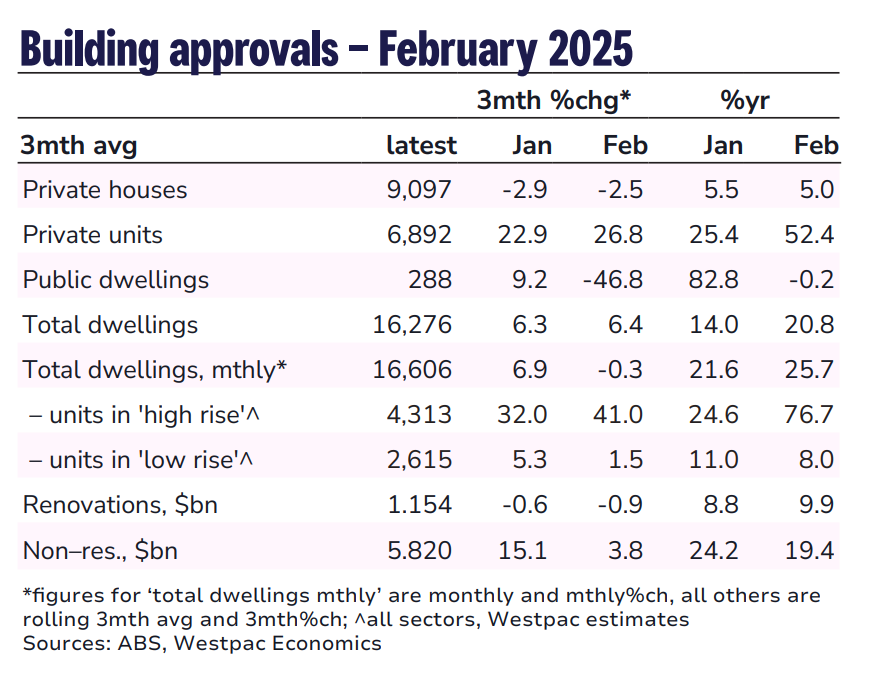

In February, Australia saw a slight decrease in overall dwelling approvals, dropping by 0.3% to 16,606, as per the latest data from the Australian Bureau of Statistics.
This follows a robust increase of 6.9% in January.
Brock Hermans (pictured left), ABS head of construction statistics, noted the variance across different types of buildings.
“Approvals were varied across the building types,” Hermans said. “Private dwellings excluding houses fell 1.5%, while private sector house approvals were up 1%.”

The overall rise in private sector houses was significantly influenced by New South Wales, which saw a notable increase of 5.1%.
Despite a fall in private sector dwellings excluding houses, the count remained high at 7,113, maintaining levels 73.1% higher than the previous February.
Apartment approvals in New South Wales showed a sharp contrast, from a peak in January to a lower number in February, demonstrating the fluctuation typical in high-rise developments.
Despite the drop in the number of approvals, the value of residential buildings surged, recording a 5% increase to an all-time high of $9.65 billion.
This growth is attributed mainly to new residential buildings, which saw a 5.8% gain.
In contrast, alterations and additions saw a minor decrease of 0.3%.
Non-residential building values experienced a significant decline, falling 16.5% to $4.69 billion, yet they still marked a slight increase over the previous year, ABS reported.
Shane Garrett (pictured center), chief economist at Master Builders Australia, commented on the recovery patterns.
“We are starting to see a recovery in the market. Over the year to February 2025, new home building approvals are up 8.4%,” Garrett said. “Higher density home building approvals did most of the heavy lifting, which is great news for renters and first-home buyers.”
However, Garrett also noted that much progress is needed to meet the national housing target.
Over the year leading up to February, there were 177,400 new home approvals, significantly below the annual goal of 240,000 and falling short of the 1.2 million new homes target established under the Housing Accord.
Denita Wawn, CEO of Master Builders Australia, emphasised the need for increased investment and reduction in supply barriers to meet housing demands effectively.
She applauded the new regulatory measures aimed at reducing costs and simplifying processes, indicating strong support from the construction sector for these initiatives.
Neha Sharma (pictured right), economist at Westpac, provided insights into the dynamics of the house approvals, noting that despite the monthly dip, the overall trajectory remains positive.
“The slowing trend seen over late-2024 appears to have stabilised but has yet to fully reverse,” Sharma said. “On a three-month average basis, private houses are down -2.5% qtr annual growth slowing to 5%yr. The February increase was centered on NSW (5.1%mth).”
With dwelling approvals showing a positive annual trend despite monthly fluctuations, Westpac remains cautiously optimistic about the housing market’s future.
The “result is encouraging for two reasons: the overall uptrend remains intact; and the late-2024 downturn in house approvals appears to have bottomed out,” Sharma said.
“However, the figures also highlight a key risk: without a sustained recovery in house approvals, ongoing volatility in the high-rise unit segment can quickly disrupt the broader trend.”
